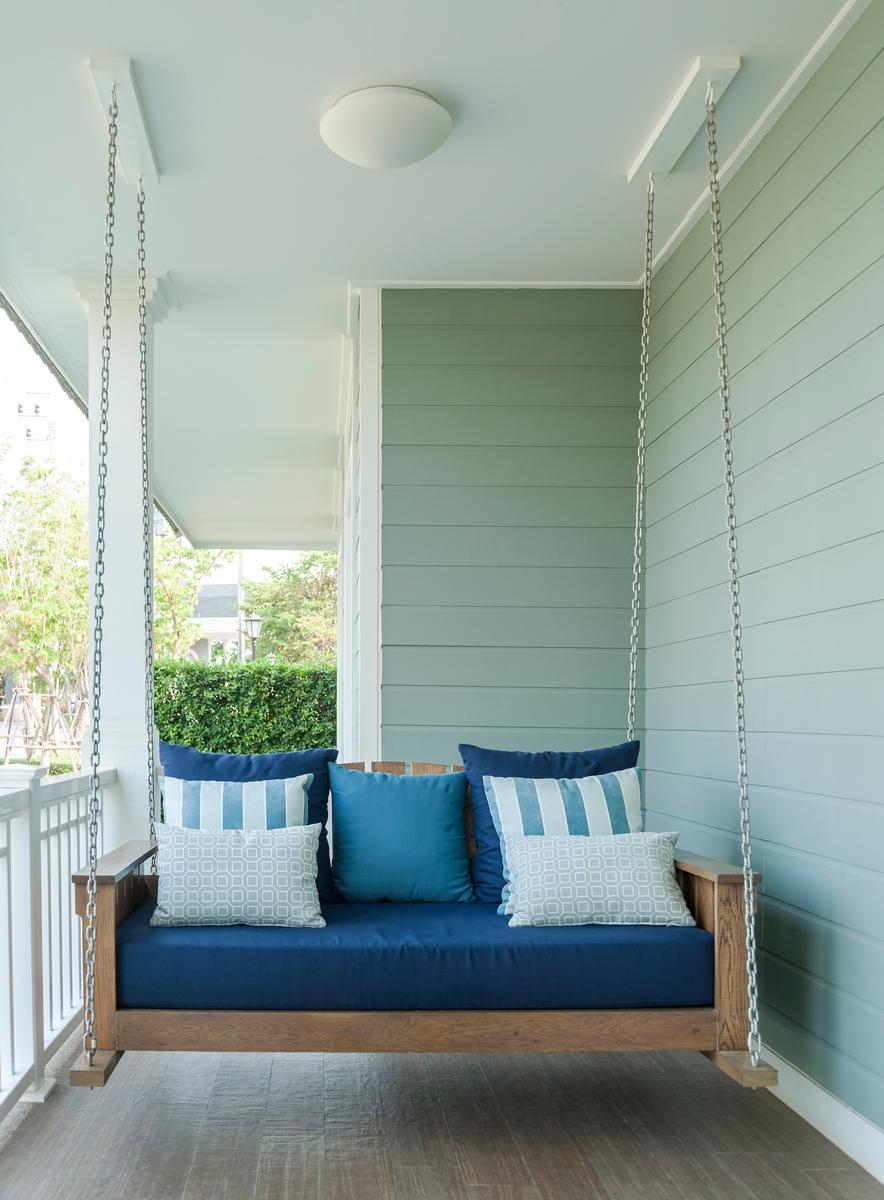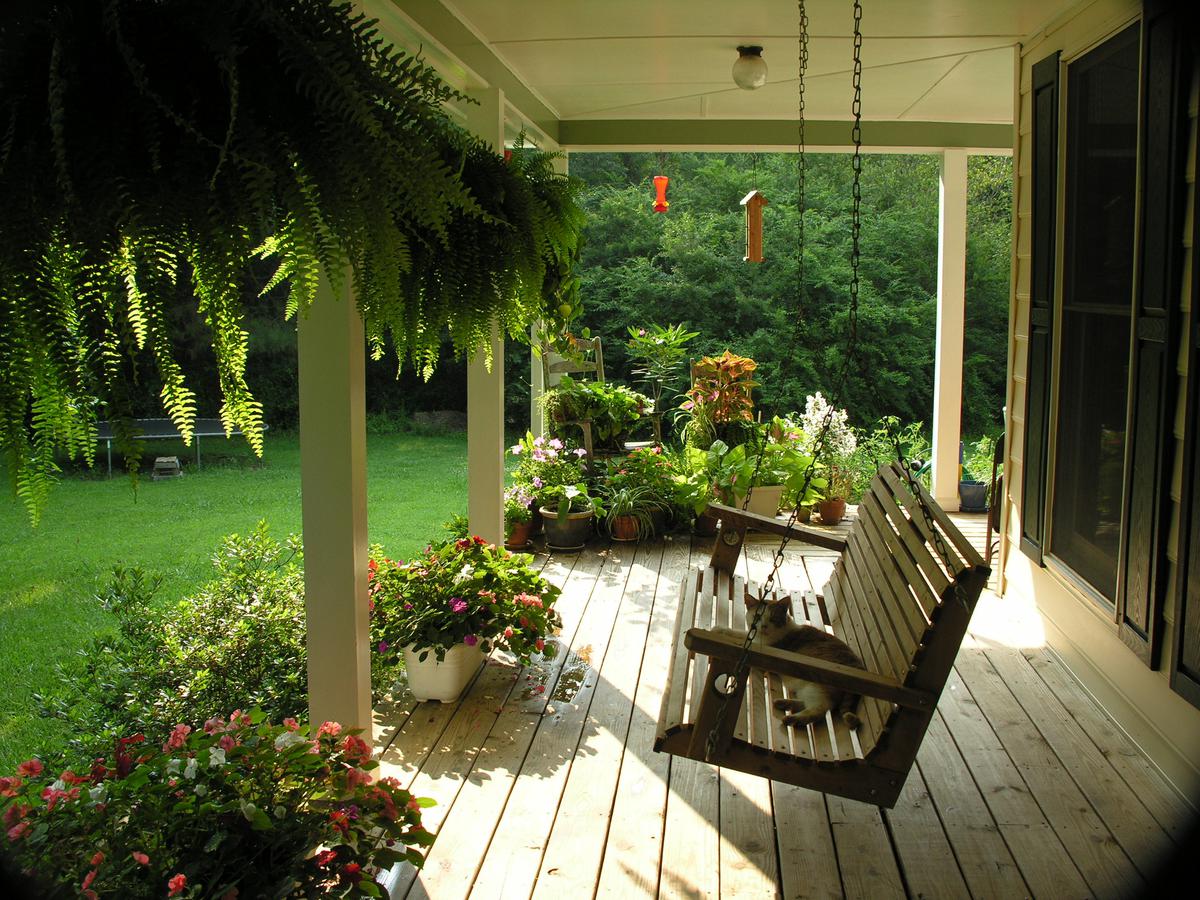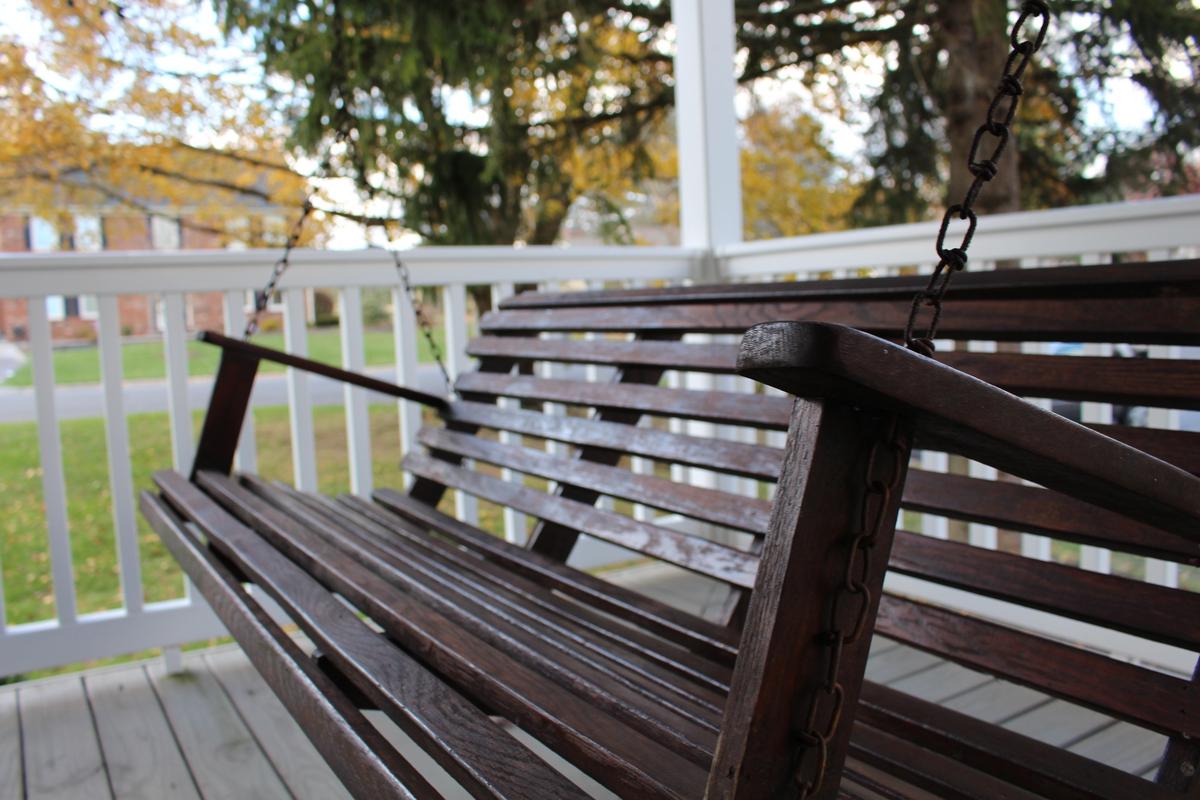Step 6.
Align the backrest’s vertical support beams by placing the two 30-inch 2x4 boards parallel to each other on a flat surface.
Step 7.
Fasten the backrest’s horizontal support beams by drilling the 50-inch 2x4 boards meant for the headrest on top of the two vertical support beams, one 45-inch board at the base of the backrest (between the two 30-inch vertical supports), and one more 45-inch 2x4 board in the middle, between the base and headrest.
Step 8.
Drill the backrest to the base of the swing along its length. Using a tape measure and a pencil, mark the alignment of the backrest to ensure that it is installed evenly on both sides and perfectly straight on the base. You can attach hand clamps to hold the backrest in place on the base as you drill it.
The Armrests
Armrests are a very important part of any bench. as not only do they add to the comfort, but also add structural integrity to the overall structure.
Step 9.
Create the armrest using the 15-inch 2x4 piece as the vertical support beam and the 27-inch 2x4 piece as the armrest. The armrest should overlap and sit on the vertical support piece, creating what is referred to by carpenters as a “butt joint”.
Step 10.
Attach the horizontal support beams to the armrest corner. This requires two 25-inch 2x4s, with one attached directly below the armrest and the other drilled into the base of the vertical support. These two beams act as additional structural support for the armrests.
Step 11.
Install the armrests by drilling the vertical armrest support into the 2x6 frame of the swing. Drill the ends of the armrest and horizontal support beams to the backrest’s vertical support beam. The bottom-most horizontal support of the armrest should also be drilled into the 2x6 frame.
Do the same for the other armrest using a tape measure to ensure that the two armrests are aligned.
Step 12.
Install the final 45-inch 2x4 between the vertical armrest supports and along the length of the 2x6 frame. This will give the armrests additional support and will also act as the front side of the square frame where the cushion is going to be placed.
Paint, Varnish, and Final Touches
Before you can hang up your daybed swing, some finishing touches are needed for the swing bench.













comments